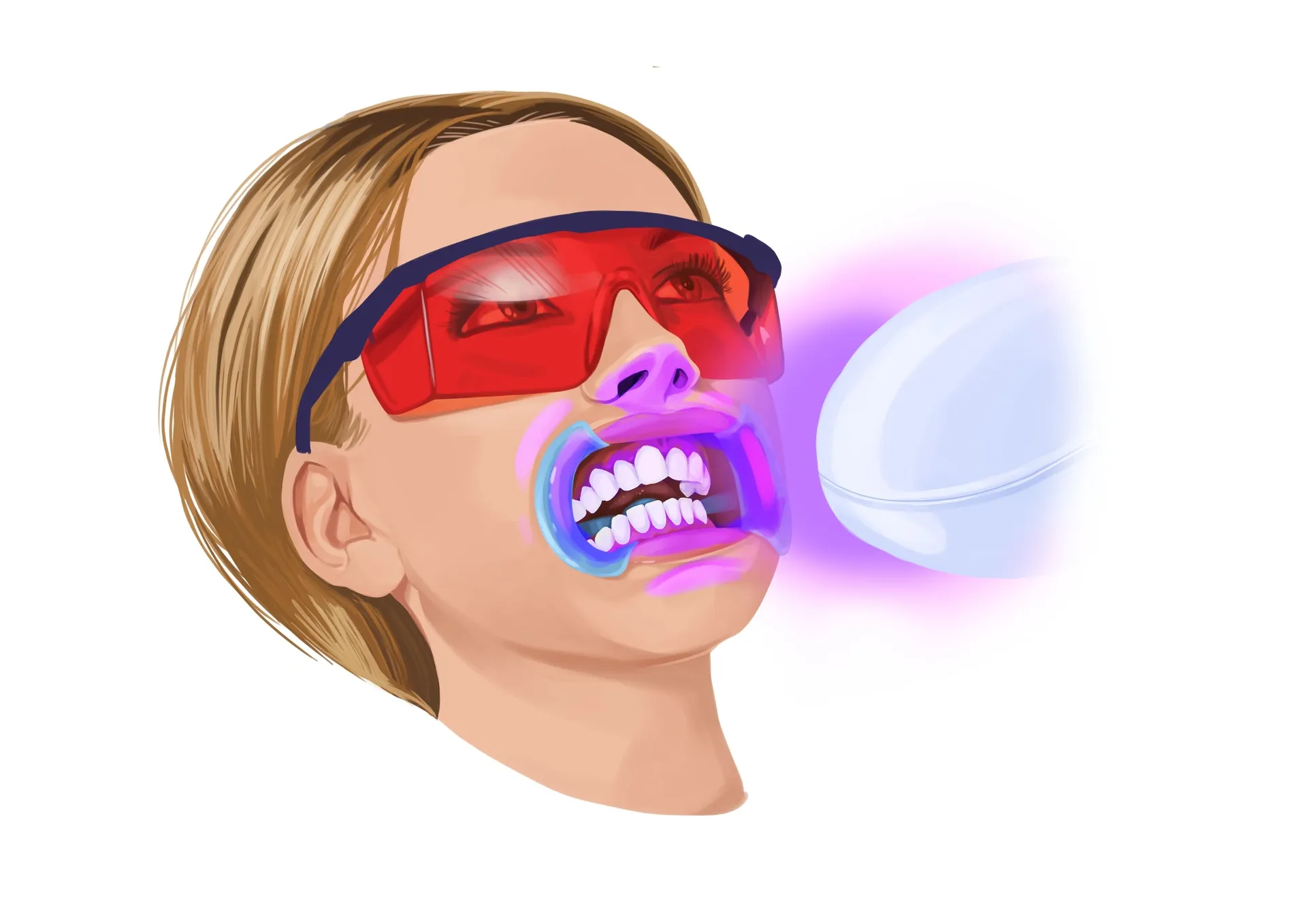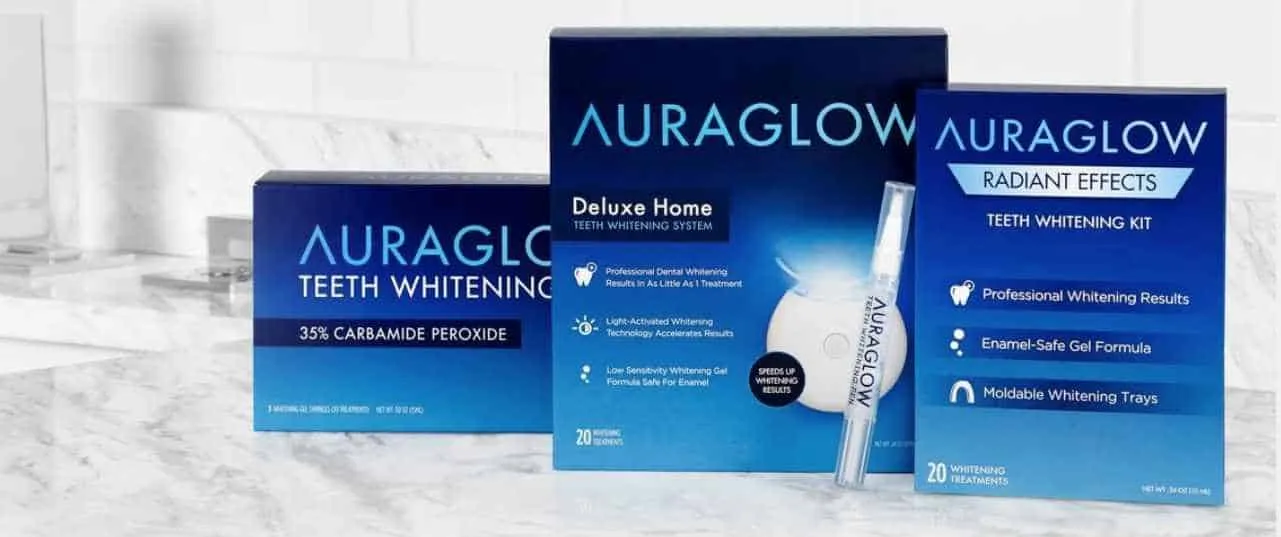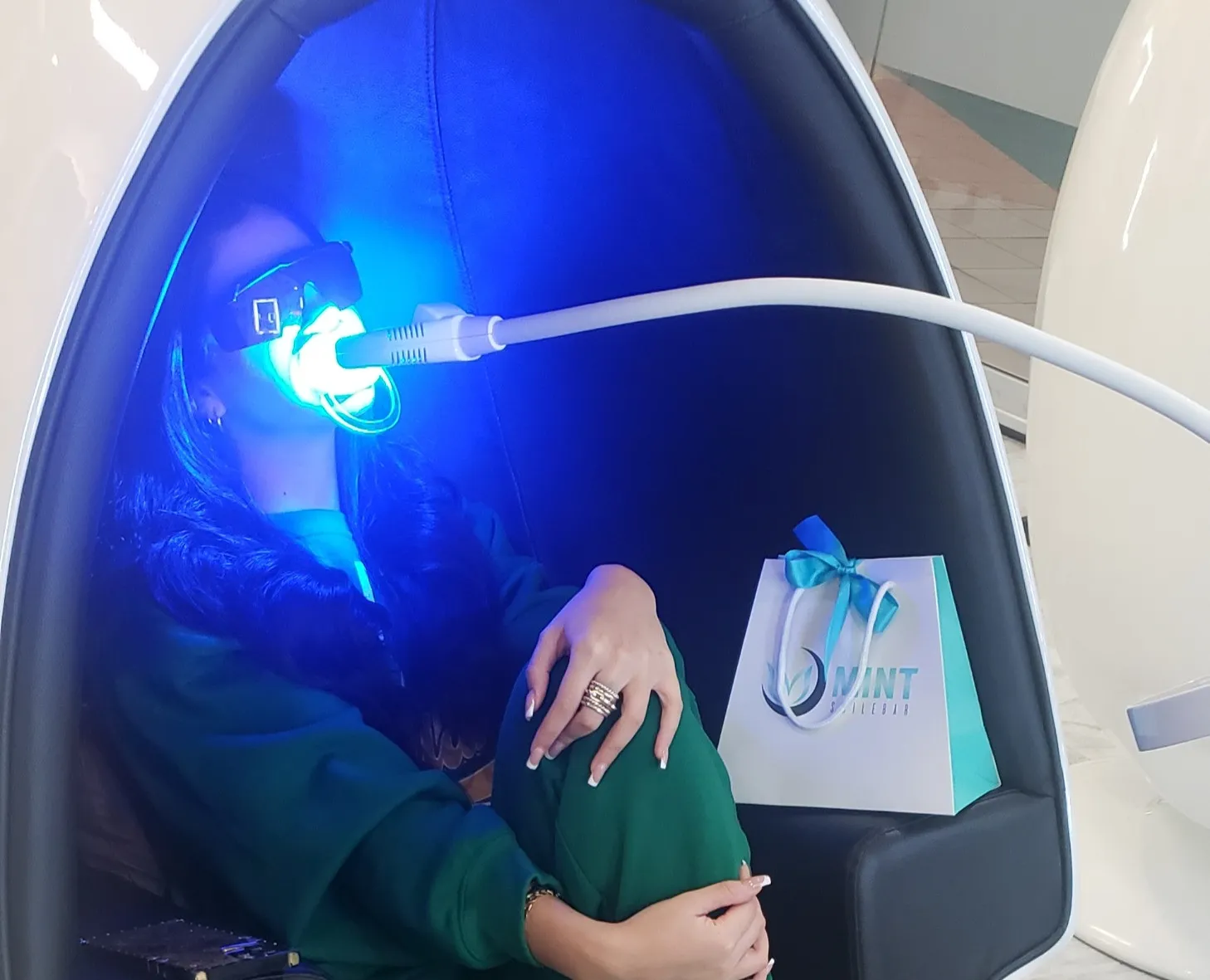Understanding Teeth Whitening Procedure Costs
Teeth whitening has become a popular cosmetic dentistry procedure, sought after by individuals looking to enhance their smiles and boost their confidence. However, the allure of a brighter smile often comes with the question of cost. Understanding the various factors that influence teeth whitening procedure costs is crucial for anyone considering this treatment. Costs can vary significantly based on the type of procedure, the location of the dental practice, and the specific needs of the patient. This guide provides a comprehensive overview of the costs associated with different teeth whitening options, helping you make an informed decision that aligns with your budget and aesthetic goals. From in-office treatments to at-home kits, we’ll explore the price points and considerations involved in achieving a dazzling, white smile. The information aims to help you navigate the financial aspects of teeth whitening, enabling you to plan effectively and achieve the desired results without unexpected financial strain.
Types of Teeth Whitening Procedures
The cost of teeth whitening varies depending on the type of procedure you choose. Generally, there are two main categories in-office whitening performed by a dentist and at-home whitening kits. Each option comes with its own set of advantages, disadvantages, and associated costs. The choice between these procedures often depends on your desired results, budget, and convenience. Understanding these differences will help you to evaluate the best fit for your needs. Let’s delve into the specifics of these two primary types to help you clarify your choices.
In-Office Teeth Whitening

In-office teeth whitening is typically the most expensive option but often yields the most dramatic and immediate results. This procedure is performed by a dental professional in a clinical setting. The process involves applying a high-concentration bleaching agent to the teeth, which is then activated using a special light or laser. The entire procedure usually takes about an hour, and patients can often see significant whitening in just one session. The higher cost reflects the expertise of the dentist, the advanced technology used, and the intensity of the whitening agents. While it is a more significant investment, the convenience and effectiveness of professional whitening can make it a worthwhile choice for those seeking rapid and noticeable improvements in the brightness of their smile. The professional environment also ensures safety and minimizes the risk of potential side effects.
At-Home Teeth Whitening Kits
At-home teeth whitening kits are a more budget-friendly alternative, offering convenience and flexibility. These kits typically include custom-fitted trays or strips, along with a lower-concentration bleaching agent. The process involves applying the whitening solution to the trays or strips and wearing them for a specified period, usually a few hours a day or overnight, for a few weeks. The results are generally less dramatic than in-office treatments, but they can still lead to a noticeable improvement in tooth color over time. The cost of at-home kits is significantly lower, making them an accessible option for many people. They allow for gradual whitening in the comfort of your own home, fitting easily into your daily routine. However, it’s important to follow the instructions carefully to avoid any potential risks, and to consult with a dentist beforehand to ensure that this method is suitable for your specific dental health needs.
Cost Comparison of Different Procedures
When comparing the costs of different teeth whitening procedures, the disparity between in-office and at-home options becomes clear. In-office whitening can range from several hundred to over a thousand dollars, depending on factors such as the dentist’s location, the technology used, and the complexity of the procedure. At-home kits, on the other hand, can be found for a fraction of the cost, often starting around a few dozen dollars and going up to a few hundred for more advanced kits. The key is to balance cost with the desired results and the time commitment you are willing to make. Consider factors like the degree of whitening you wish to achieve, the speed at which you want to see results, and your personal comfort with the procedure. Some people may find the immediate, professional results of in-office treatments worth the higher price, while others may prefer the more gradual, cost-effective approach of at-home kits. A consultation with your dentist can help you determine which option best fits your individual needs and budget.
Factors Influencing Teeth Whitening Cost

Several factors can significantly affect the cost of teeth whitening procedures. Understanding these elements will help you anticipate the overall expense and make more informed decisions. The location of the dental practice, the specific whitening method used, the severity of the tooth discoloration, and the number of treatments needed all play a crucial role in determining the final cost. This section will provide a deeper insight into each of these factors. By considering these aspects, you can better estimate the total cost and plan accordingly, ensuring there are no surprises along the way. Being well-informed empowers you to choose a whitening procedure that fits your financial situation and aligns with your oral health needs.
Location and Dentist Fees
The geographical location of the dental practice is a significant factor influencing teeth whitening costs. Dental practices in urban areas and regions with a higher cost of living tend to charge more for their services, including cosmetic procedures like teeth whitening. The fees reflect higher operating costs, including rent, staff salaries, and supplies. Similarly, the dentist’s experience and expertise can also impact the price. Dentists with specialized training or those who have built a reputation for excellent results might charge more for their services. When comparing prices, consider not only the base cost of the procedure but also the dentist’s qualifications and the overall quality of care provided. Reading reviews and getting referrals from other patients can help you assess the value you’ll receive for your investment.
Type of Whitening Method
The specific whitening method employed also has a substantial impact on the overall cost. In-office whitening, which utilizes advanced technology and stronger bleaching agents, is typically more expensive than at-home methods. This is because in-office treatments require the expertise of a dental professional, specialized equipment, and a controlled clinical environment. At-home kits, ranging from over-the-counter strips to custom-fitted trays provided by your dentist, vary in price. Custom trays, made by a dentist, usually cost more than generic strips because they offer a more precise fit and allow for more consistent bleaching results. The type of whitening agent used and the specific technology involved (such as light-activated systems) also influence the price. Understanding the different methods and the associated costs will help you select the option that provides the best balance between effectiveness and affordability for your specific needs.
Severity of Discoloration

The severity of the tooth discoloration also affects the cost of teeth whitening. Teeth with more severe staining or discoloration may require more extensive treatment to achieve the desired results. This might mean multiple in-office sessions or a longer course of treatment with at-home kits. If the discoloration is caused by intrinsic factors such as medications or underlying dental issues, the whitening process may be more complex, potentially increasing the cost. The dentist will assess the cause of the staining and recommend the most effective treatment plan, which will influence the total cost. More complex cases might involve preliminary treatments, such as professional cleanings or addressing underlying dental problems, which also add to the overall expense. Therefore, the initial assessment of the level of discoloration is crucial in estimating the final cost of the procedure.
Number of Treatments Needed
The number of teeth whitening treatments needed directly impacts the final cost. For in-office procedures, multiple sessions may be required to achieve the desired level of whiteness, particularly for significant discoloration. Each session adds to the overall expense. With at-home kits, the length of treatment and the number of refills or kits needed also influence the cost. While at-home methods are generally more affordable per kit, the cumulative cost can add up if a longer course of treatment is necessary. The dentist will assess the initial shade of your teeth and the level of whitening you desire to estimate the number of treatments required. Following the dentist’s recommendations is essential to ensure the effectiveness of the treatment and to avoid unnecessary costs. In some cases, touch-up treatments may also be needed over time to maintain the results, further impacting the long-term cost.
Insurance Coverage and Payment Options
Understanding how insurance coverage and payment options work is crucial for managing the cost of teeth whitening. While teeth whitening is often considered a cosmetic procedure, and therefore not covered by insurance, there are exceptions. Exploring different payment options, such as payment plans, can make the procedure more accessible. This section will explore whether dental insurance typically covers teeth whitening and the different ways to finance your treatment. Being well-informed about these aspects can help you budget effectively and make your desired results achievable without causing undue financial stress. Careful planning and exploration of available financial solutions can significantly impact your experience.
Does Insurance Cover Teeth Whitening

Generally, dental insurance does not cover teeth whitening procedures because it is primarily considered a cosmetic treatment. Most dental insurance plans focus on medically necessary procedures, such as fillings, root canals, and extractions, rather than aesthetic improvements. However, there might be exceptions in cases where discoloration is caused by a medical condition or trauma, and teeth whitening is deemed part of a necessary treatment plan. It’s essential to check your specific insurance policy and discuss your situation with your dental provider to determine if any coverage might apply. Even if your insurance doesn’t cover the entire cost, it’s always a good idea to inquire, as some plans might offer partial coverage or discounts. Understanding your insurance policy will help you manage your expectations and plan for the out-of-pocket expenses associated with teeth whitening.
Payment Plans and Financing Options
Many dental practices offer payment plans or financing options to make teeth whitening more accessible. These plans allow you to spread the cost of the procedure over several months, making it more manageable. Financing can be provided directly by the dental practice or through third-party financing companies that specialize in healthcare costs. These options often require an application process, and you may need to meet certain credit requirements. Another way to reduce the immediate cost is to explore payment options, such as using a credit card or a health savings account (HSA) if you have one. Before committing to a financing plan, carefully review the terms and conditions, including interest rates and any associated fees. Choosing the right payment plan can significantly reduce the financial burden and make it easier to achieve a brighter smile. Discuss these options with your dentist’s office to find the best fit for your budget and financial situation.
Long-Term Costs and Maintenance
Besides the initial cost of the teeth whitening procedure, there are long-term costs and maintenance considerations to keep in mind. These involve maintaining your white smile and addressing any potential touch-up treatments. Understanding the ongoing expenses will ensure you can sustain your results. This section provides insights into the necessary steps to maintain your results and helps you plan for any potential additional costs. Proper care is essential to ensure that your investment gives you a bright and confident smile for years.
Maintaining Your White Smile

Maintaining your white smile requires consistent care and attention. After undergoing a teeth whitening procedure, it’s important to avoid foods and beverages that can stain your teeth, such as coffee, tea, red wine, and heavily pigmented foods. Regular dental hygiene practices, including brushing twice a day, flossing daily, and using a whitening toothpaste, are crucial for maintaining the results. It is also recommended to visit your dentist for regular check-ups and professional cleanings. Your dentist may also recommend using a touch-up kit or custom-fitted trays to maintain your brighter smile. Avoid smoking, as tobacco use can stain teeth and compromise your results. Proper maintenance ensures that you continue to enjoy your beautiful smile for an extended period.
Potential Touch-Up Costs
Over time, the effects of teeth whitening will naturally fade, and touch-up treatments might be needed to maintain your desired level of whiteness. The frequency of these touch-ups depends on factors such as your diet, lifestyle, and the specific whitening procedure you had. Touch-up treatments can involve using at-home kits or undergoing a short in-office procedure. The cost of touch-ups will vary depending on the method chosen. Budgeting for these potential future costs is wise. Discussing touch-up options and estimated costs with your dentist can help you plan accordingly. Regularly maintaining your smile can extend the life of your initial investment. By preparing for potential touch-ups, you can ensure that you maintain the radiant results of your teeth whitening procedure.
Alternatives to Teeth Whitening
If teeth whitening isn’t the right fit for you, there are several alternative options to improve the appearance of your teeth. These can be more cost-effective or better suited to your individual needs. Considering all available options will help you make an informed decision. Let’s explore a few popular choices to see which best aligns with your smile goals.
Dental veneers are a popular alternative. Veneers are thin shells that are custom-made to fit over the front surface of your teeth. They can correct various cosmetic issues, including discoloration, chips, and gaps. While veneers provide a dramatic transformation, they are more expensive than teeth whitening. Bonding is another option, which involves applying a tooth-colored resin to the teeth and shaping it to improve their appearance. Bonding is a less invasive and more affordable alternative to veneers. Professional teeth cleaning can also improve the appearance of your teeth by removing surface stains. Sometimes, the natural color of your teeth is hidden by plaque and tartar. A professional cleaning can reveal a brighter, healthier smile. Consulting with your dentist is the best way to determine which alternatives are most suitable for your specific needs and budget.
